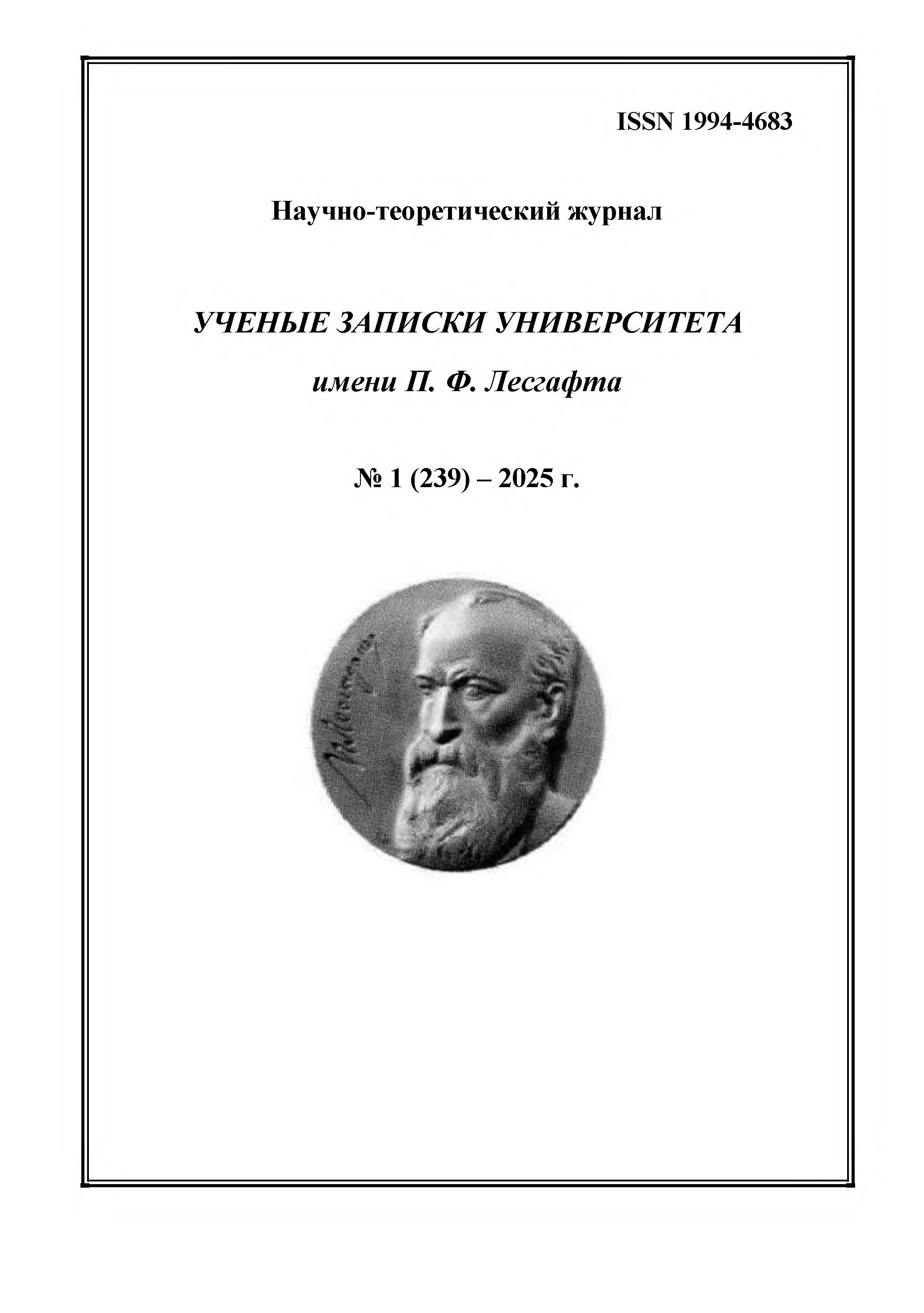CSCSTI 15.01
The problem of burnout of specialists in socionomic or "communicative" professions and its predictors remains relevant at the present time. The article presents the results of a study of the characteristics of mental burnout of specialists in socionomic professions, its "catalysts" and "inhibitors" are identified. The obtained results can be used for the prevention of mental health of specialists in socionomic professions and for the development of a program for psychocorrection of burnout, which can be implemented in organizations, schools, and social centers.
mental burnout, personality traits, catalysts, inhibitors
1. Vodop'janova N. E., Starchenkova E. S. (2024), Sindrom vygoranija. Diagnostika i profilaktika, prakticheskoe posobie, 3-e izd., ispr. i dop., Moskva, Jurajt, 299 p.
2. Quattrin R., Ciano R., Saveri E., Balestrieri M., Biasin E., Calligaris L., Brusaferro S. (2010), “Burnout in teachers: an Italian survey”, Annali di igiene: medicina preventiva e di comunitá, Jul.-Aug., No. 22 (4), pp. 311–318.
3. Evans R. W., Ghosh K. (2015), “A Survey of Headache Medicine Specialists on Career Satisfaction and Burnout”, Headache, Nov.-Dec., No. 55 (10), pp. 1448–1457.
4. Zverkov A. G. (1990), “Diagnostika volevogo samokontrolja: oprosnik VSK”, Praktikum po psihodiagnostike. Psihodiagnostika motivacii i samoreguljacii, Moscow, MGU, pp. 116–126.
5. Gordeeva T. O., Sychev O. A., Osin E. N. (2021), “Diagnostika dispozicionnogo optimizma, validnost' i nadezhnost' oprosnika TDO-P”, Psihologija. Zhurnal Vysshej shkoly jekonomiki, V. 18, № 1, pp. 34–55.
6. Karpov A. V. (2003), “Refleksivnost' kak psihicheskoe svojstvo i metodiki ejo diagnostiki”, Psihologicheskij zhurnal, V. 24, № 5, pp. 45–57.
7. Sergeeva A. S., Kirillov B. A., Dzhumagulova A. F. (2016), “Perevod i adaptacija kratkogo pjatifaktornogo oprosnika lichnosti (TIPI-RU)”, Jeksperimental'naja psihologija, V. 9, № 3, pp. 138–154.





